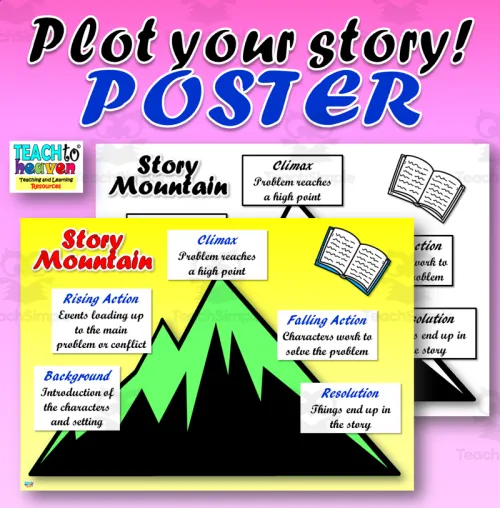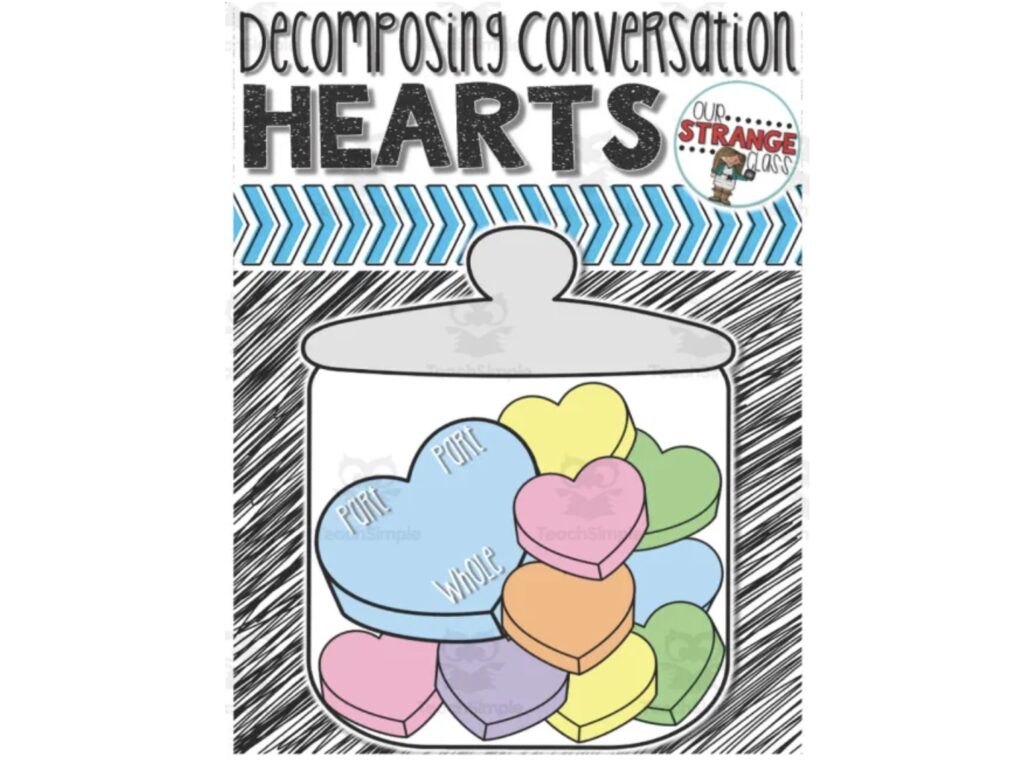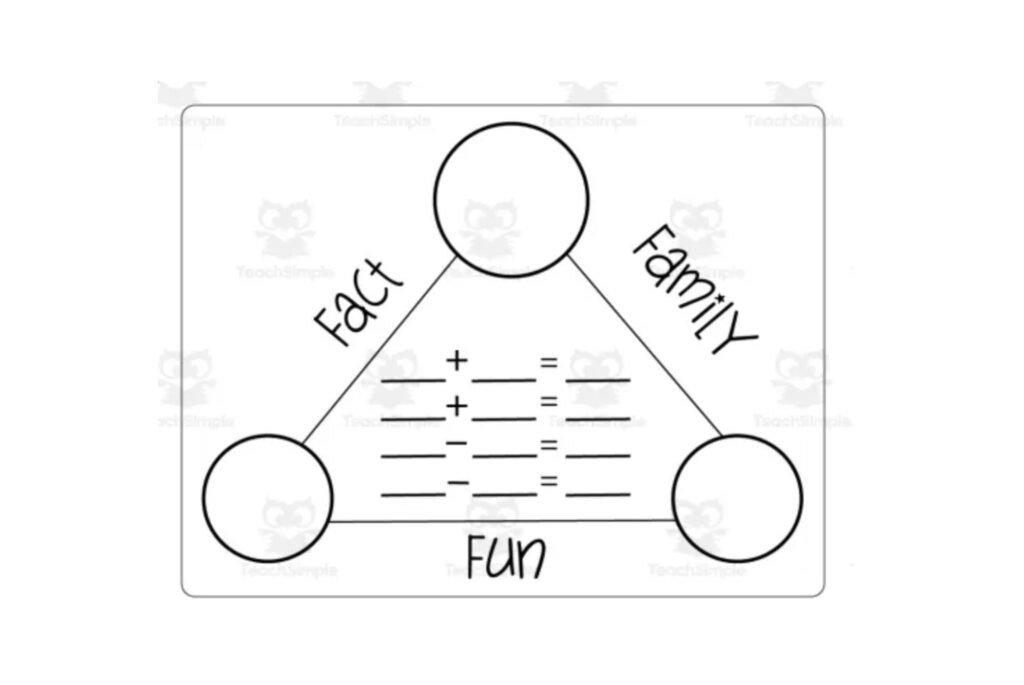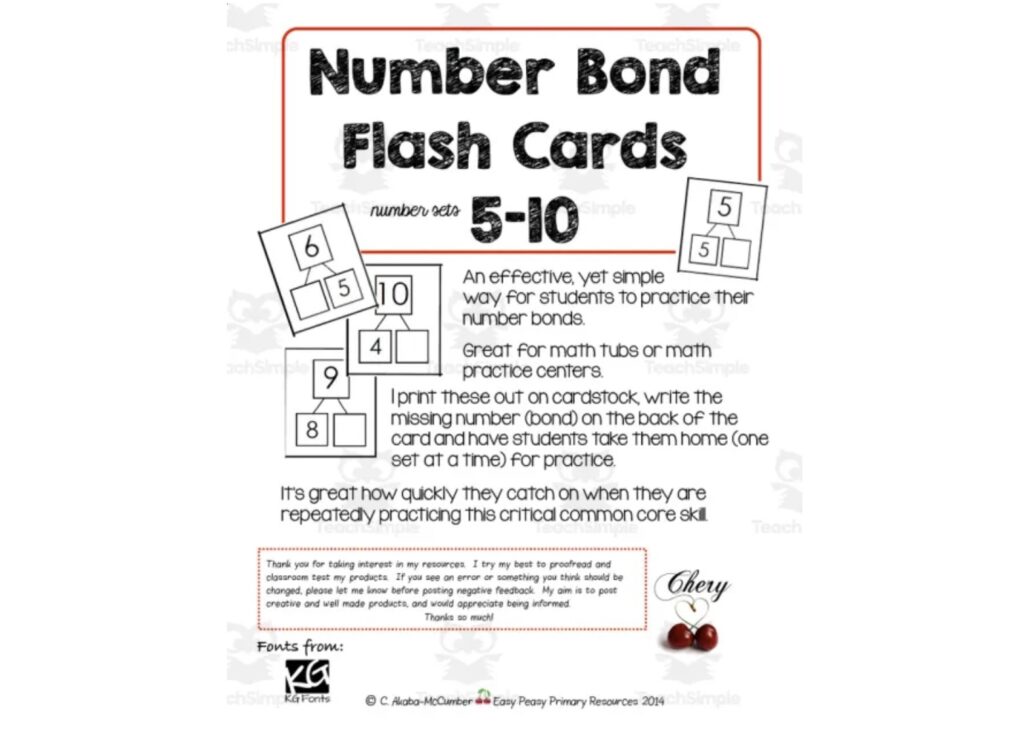Plot Mountain is a story structure tool for teachers and students. It can help students in their writing by visualizing the arch of a story. As teachers, we see many students find it hard to set up their stories. They often don’t know when to put in the most exciting part. Plot Mountain helps with this. It’s a simple and clear way to teach students how to write good stories from start to finish.
In this article, we will learn what Plot Mountain is and how it compares to Freytag’s Triangle. We’ll look at the good parts and not-so-good parts of using it, and common mistakes people make. We’ll also talk about how to make your own Plot Mountain for your story. Lastly, we will learn about different tips and tricks for teaching Plot Mountain.
Table of Contents
- What Is Plot Mountain?
- Types of Plot Mountains
- Why Use Plot Mountain?
- Disadvantages of Plot Mountain
- Avoiding Mistakes with Plot Mountain
- Creating a Plot Mountain
- Plot Mountain Template
- Plot Mountain Video Tutorials
- Summary
- Frequently Asked Questions
Short Summary
- Plot Mountain is a story structure tool used to help writers organize their ideas.
- There are two kinds of Plot Mountain, Freytag’s Triangle, and an updated version. Each one has good parts and not-so-good parts, depending on the story you’re writing.
- Making a Plot Mountain means naming and showing parts of a story on a triangle picture. There are video lessons you can watch to help you do this.
What Is Plot Mountain?

Plot Mountain is a special diagram writers use to plan their stories. You might also hear it called a plot diagram or plot elements mountain. It’s a picture that shows how a story is put together. A Plot Mountain usually has five parts: the start, the part where things start to get more exciting, the most thrilling part, the part where things start to calm down, and the end.
The start, or “exposition,” is where the story begins. It introduces the characters, where they are, and what the problem is. The part where things start to get more exciting is called “rising action.” It is where the problem gets bigger, and the story gets more interesting. The most thrilling part, or “climax,” is the part of the story where the problem is the most serious.
After the climax is the “falling action,” where things start to get better. The end, or “resolution,” is where the problem is solved and the story wraps up.
Types of Plot Mountains

Two types of Plot Mountains are Freytag’s Triangle and a newer version. Freytag’s Triangle was created by Gustav Freytag in the 1800s. It’s a triangle picture that shows a story in five parts. The beginning, the build-up, the most thrilling part, the wind-down, and the end as dissuced earlier.
One problem with Freytag’s Triangle is that it puts the most thrilling part in the middle. This can make the last part of the story less exciting. The newer Plot Mountain structure has a big exciting event at the end. It has six parts: the beginning, the start of the problem, the build-up, the most thrilling part, the wind-down, and the end.
The biggest difference between the new Plot Mountain and Freytag’s Triangle is where the most exciting part of the story happens. In the new version, it’s at the end of the story. In Freytag’s Triangle, it’s in the middle. So, if you’re writing a story that happens now, the new Plot Mountain might work better for you.
Why Use Plot Mountain?

Plot Mountain is really helpful for both teachers and students. It offers a roadmap for writing a story, breaking it down into five to six clear sections.
This tool helps writers sort out their thoughts and craft a story that’s simple for readers to follow and enjoy. For students, it’s a visual way to understand how a story should progress. It helps them organize their thoughts and create a story that keeps attention.
Plus, Plot Mountain helps add excitement to the story. The build-up takes the reader to the most exciting part, making them want to read on to see what happens.
Disadvantages of Plot Mountain
Plot Mountain’s strict structure can sometimes make it tough for some to write a story. It can be hard to balance hitting all the necessary story parts and creating a story that flows smoothly.
Plot Mountain is made for stories that go in a straight line, from start to finish. So, it can be hard to use for stories that jump around in time or place. Plot Mountain has a definite beginning, middle, and end. This can be tricky when your story doesn’t go in a straight line from start to finish.
This means if you want to write a story that doesn’t follow the usual structure, Plot Mountain might not be the best tool for you.
Avoiding Mistakes with Plot Mountain
Common mistakes teachers make when teaching Plot Mountain:
1. Too much focus on structure. Don’t focus too much on the Plot Mountain shape. This may make students think all stories must be the same. Remind them that stories can be different and creative.
2. Not enough examples. Plot Mountain can be better understood when teachers use more examples. Use examples from various types of stories and genres. This will show how the structure applies in different situations.
3. Going too fast. If you don’t give enough time for students to learn each part of Plot Mountain, it can be confusing. Go slow and make sure they understand.
4. Forgetting characters. While teaching about the plot, don’t forget to talk about how characters change in a story. This helps make stories more interesting.
5. Over-simplifying stories. Some stories are more complex and don’t fit Plot Mountain perfectly. Teachers should explain that stories can have different styles and shapes.
Creating a Plot Mountain
To make your own Plot Mountain, follow these steps. Keep in mind the importance of organizing the story. Labeling its parts, and adjusting the mountain shape to build tension throughout the plot.
First, begin by drawing a triangle shape, which will represent the mountain. This is the visual guide that will illustrate the progression of your story.
Now, divide the triangle into five parts as disussed before. Each part represent one key story element- exposition, rising action, climax, falling action, and resolution.
Label each part on your mountain accordingly:
Exposition:
This is where you introduce the setting, characters, and background information at the base of the mountain.
Rising Action:
In this segment, you will detail the events and conflicts that lead up to the climax of the story. The rising action should make the climb up the mountain steeper, indicating the buildup of tension.
Climax:
This is the peak of your mountain, signifying the most exciting and intense moment of your story. Ensure that the top point of the triangle is higher to emphasize the importance of this turning point.
Falling Action:
As the story unfolds after the climax, the plot moves towards resolution. The descent of the mountain should be longer, representing the post-climax events and a gradual release of tension.
Resolution:
This is the base of the mountain on the opposite side, where the story’s main conflict is resolved, and loose ends are tied up.
Using these steps to create a Plot Mountain helps you visually organize your story. Let’s see how it can apply to an actual story. The following is an example of how using Cinderella.
Applying a Story to Your Plot Mountain
To apply a specific story to your Plot Mountain, you will of course need to identify the key elements of the narrative and map them onto your mountain. Here’s how you can do this using a well-known story, “Three Little Pigs,” as an example:
1. Exposition: At the mountain’s bottom, write the beginning parts. These would include items such as the place (countryside), characters (three little pigs, big bad wolf), and background (pigs leave home to build their own houses).
2. Rising Action: In this part, list events leading up to the story’s high point. In “The Three Little Pigs,” this has the first pig building a straw house, the second one building a stick house, and the wolf appearing and blowing down the first two houses.
3. Climax: Find and write the most thrilling part of the “The Three Little Pigs.” The climax is when the wolf tries to blow down the third pig’s brick house but fails, showing the pig’s cleverness and preparedness.
4. Falling Action: Note events happening after the high point in the story towards resolution. In “The Three Little Pigs,” this includes the wolf attempting to enter the brick house through the chimney, leading to his downfall.
5. Resolution: At the mountain’s other bottom, write the story’s end. In “The Three Little Pigs,” this is when the wolf falls into the chimney, lands in a pot of boiling water
Plot Mountain Template

A plot mountain template is a useful visual aid to plan a story. It’s a diagram that shows the story’s ups and downs from start to climax and ending. You can find many plot mountain templates for free online.
Number Bond Hearts by Our Strange Class

Celebrate Valentine’s Day with a touch of math! These vibrant Valentine Number Bond Hearts are perfect for students to practice decomposing numbers. With colorful hearts to determine parts and wholes, students can use candy hearts or dry erase markers to find missing numbers. The set includes 2 sets of task cards, a recording sheet, and an answer key, making it a comprehensive and engaging activity for the season of love.
Fact Family Number Bond Work Mats by Easy Peasy Resources

Elevate foundational math skills with the Fact Family Number Bond Work Mats. Tailored for first and second graders, this resource emphasizes the vital connection between number bonds and fact families. The color-coded design ensures an efficient learning experience, catering to each student’s level. With 4 printable pages, these mats are versatile, extending their utility beyond traditional math classrooms and into various subjects.
Number Bond Flash Cards by Easy Peasy Resources

Strengthen number bond proficiency with these flash cards tailored for number sets 5-10. Simple yet effective, these cards provide students with a practical way to practice their number bonds. Ideal for math tubs or practice centers, these cards are a must-have for educators aiming to reinforce foundational math concepts in a fun and engaging manner.
This template is flexible and can be used for any story genre or style. You can adjust it to show your story’s settings, characters, and other important parts. It also helps you build excitement, suspense, and emotions in your story. It’s a great way to organize your plot and make sure everything fits well. You can even watch tutorials to learn how to use it better.
Just fill it with your story details and read it to understand how your story goes and your character grows. It’s also great for making sure everything is in the right place for a good ending.
Plot Mountain Video Tutorials
Plot mountain video lessons are a great way to learn story structure and plot basics. These lessons teach the idea of a plot mountain in an easy-to-understand format. Students can learn the different parts of a story arc by watching these videos. They also learn about the role of events, characters, and settings in building a plot mountain. To get the most from these lessons, watch them, take notes, and use the provided plot mountain template to reach your goal.
These video lessons are perfect for anyone wanting to teach plot mountain. They give a clear introduction to plotting and help students remember key story parts and structure. You can also use these videos to improve your own knowledge. Brush up on structure and understand how to make a story that interests readers.
Summary
To conclude. Plot Mountain helps prevent plot holes and makes a story more engaging by dividing the plot into five parts. This is especially helpful for new writers. The visual representation helps them understand the story’s tension and suspense.
There are two main plot triangle types: Freytag’s Triangle and a new plot mountian. Choose whichever works best for your story. Be sure to avoid common mistakes like too much exposition with little action.
To make writing easier, you can find helpful plot mountain video lessons and a template page above. With this tool, you’ll be on the path to crafting a great story arc!
Frequently Asked Questions
What are the 5 parts of the plot mountain?
Plot mountain has five essential components – these are the exposition, rising action, climax, falling action, and resolution. This narrative structure provides readers with a clear beginning, middle and end, ensuring each story is both engaging and satisfying.
By breaking a story into these five components, readers can easily follow the plot and understand the story’s progression. This structure also helps writers to create a story that is both interesting and satisfying. It allows it to allow it to be used with ease.
What is the exact plot mountain order?
The plot mountain follows a clear structure, starting with the exposition, moving onto rising action, then climax, followed by falling action and resolving with a conclusion.
This structure helps to keep the reader engaged as the story progresses to its exciting climax before resolving.
